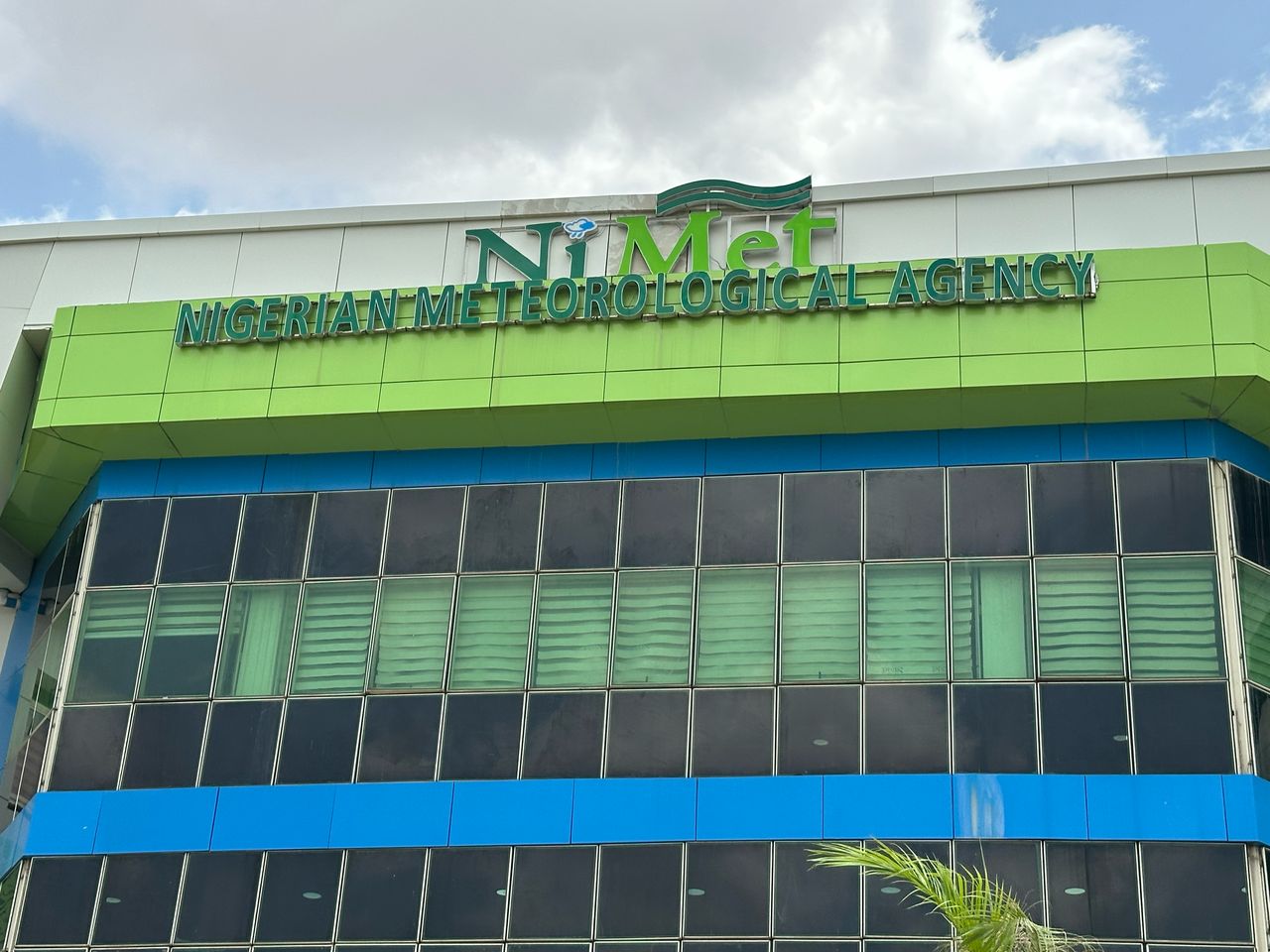Flooding: What South-south states are doing to mitigate impact as NiMet predicts heavy rainfall
Governments in the South-south region of Nigeria, particularly Edo, Delta, and Bayelsa States, are taking precautionary measures to avert widespread flooding and mitigate its impact on vulnerable communities.
The measures followed the warning by the Nigerian Meteorological Agency (NiMet) that heavy rainfall might cause severe flooding across 30 states.
In Edo State, the Flood, Erosion and Watershed Management Agency (FEWMA) has ramped up mitigation efforts in flood-prone areas such as Ekenwan Road, Uselu, Upper Mission Extension, and Auchi.
According to the agency’s Chief Executive Officer, Ahmed Momoh, desilting of major drainages and sensitisation campaigns have commenced to ensure water flows freely during the peak of the rainy season.
“We are working closely with the state’s Ministry of Environment, local authorities, and community leaders to curtail early warning and educate residents on evacuation protocols,” Mr Momoh said.
In a complementary effort, the state has unveiled a six-month work plan under the €175 million EIB-funded Nigeria Climate Adaptation – Erosion and Watershed Project (NEWMAP-EIB).
The initiative targets gully erosion, land degradation, and flood vulnerability across Edo State.
Mr Momoh noted that 10 per cent of the fund would be accessible during the initial phase, provided benefiting states meet key administrative benchmarks.
He said the Edo State Government has committed N500 million in counterpart funding to fast-track implementation.
Due to the state’s coastal nature, the Delta state government has set up Internally Displaced Persons (IDP) camps and activated its flood disaster preparedness mechanism.
The state Commissioner for Environment, Jamani Ejiro, emphasised that the indiscriminate dumping of waste and the closing down of water channels for building purposes were the major causes of flooding in the metropolis.
“We urge our residents to see their environment as their property and protect it. Keep drains clean and do not build on waterways,” he appealed.
The state has set up IDP camps across key flood-prone localities in Isoko North, Bomadi, Ughelli South, and Asaba to bolster preparedness.
A Flood Disaster Management Committee, led by the Secretary to the Delta State Government and comprising commissioners and heads of emergency response agencies, has also been activated.
“We are prepared. Delta is a floodplain, and we always take precautionary steps even before NiMet’s seasonal predictions,” Mr Ejiro added.
In Bayelsa, residents call for proactive action as flood fears mount.
In 2022, floods displaced over 1.3 million people in Nigeria. Anxiety is growing as water levels rise in the Epie Creek and the River Nun.
Residents of flood-prone areas in Yenagoa, such as Azikoro, Ekeki, Swali, and Amarata, are urging the state government to act swiftly.
Environmentalists like Jude Jack and Godwin Ekubo appealed for stricter waste management laws and proactive drainage clearing.
They warned that plastics and construction materials blocking gutters compounded the flooding risk.
Responding to these concerns, Omuso Omuso, the director general of Flood and Erosion Control in the state, said that the Bayelsa State Government had instituted systematic drainage cleaning and is committed to reducing the impact of floods.
“We cannot eliminate flooding due to our geographic location, but we can minimise its damage through preparedness and coordinated response,” Mr Omuso said.
He added that the newly created flood control agency, in collaboration with the Ministries of Works and Environment, was already operational in high-risk zones.
Meanwhile, the message across all three states is that flood prevention is a shared responsibility.
Governments are urging residents to support their efforts by maintaining clean environments, adhering to building regulations, and responding swiftly to relocation advisories when necessary.
With rainfall intensifying in the coming weeks, the effectiveness of these measures will be tested.
However, early signs show a shift towards more proactive and coordinated flood management across Nigeria’s south-south region.
(NAN)










